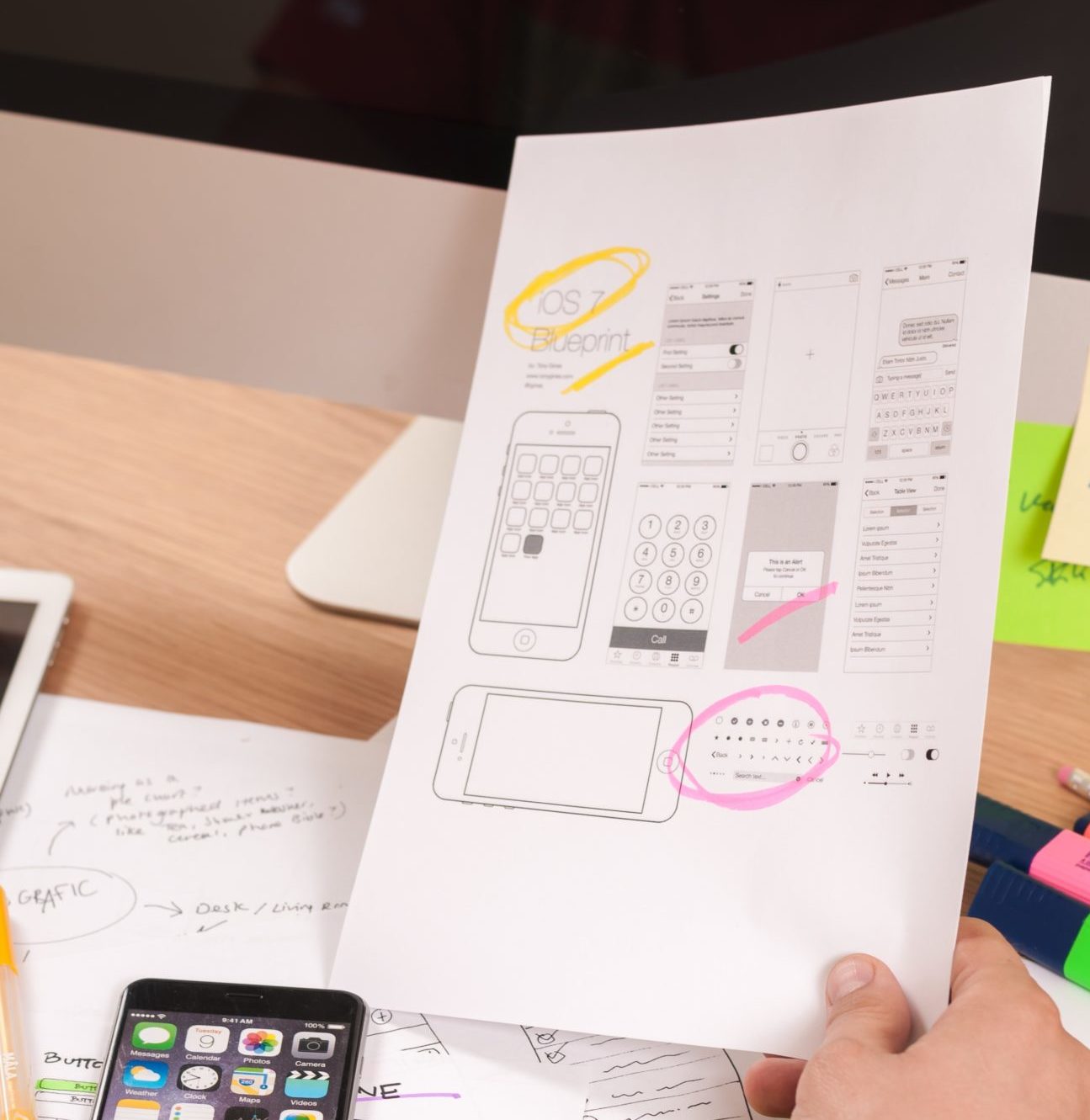Guide to Relaying Your App Idea to Developers
According to an end-of-year retrospective report, 2017 was an inspirational year for mobile apps. The same report suggests that the global number of app downloads has grown to 60%.
Another report by Statista projects that by 2021, the number of mobile app downloads worldwide will reach 352.9 billion.
It’s no wonder business owners are bubbling with new ideas for leveraging this ever-growing app market. However, a groundbreaking app idea alone is not sufficient enough to bring it to life.
After working in an app development company and learning how to handle app clients, the main takeaway I have discovered is that if the app idea is poorly conveyed to an app development team, it will never be successful.
In order to save time, money and unwanted frustration, the app idea must be carefully crafted so that it can be explained effectively.
Here are a few of my tips on how to be successful in app creation.
Tell Your User Story Right
User stories are one-line descriptions that enable the developers to understand the end goal of a particular feature in the app. These are specifically written in a user’s point of view, showcasing how the user will take advantage of your product, in this case, your app. A simple template of a user story looks like:
As a < who >, I want < what> so that < why >.
Some important pointers to remember while creating good user stories:
- In most cases, it should be written by the app owner.
- It must be written in a language that your customers use.
- It is written for the customers who are going to use it.
- Include an initial short descriptions of the who, what and why (not the how).
Chalk Out the Target Audience
The user stories will render useless if there is little or no knowledge of the target audience. Important factors such as age, gender, personal interests, user behavior, etc. play a vital role in designing and perfecting the layout of the mobile app. Based on the audience and their interests, the developers will be able to add those features to suit the audience best. This will be the determining factor on whether your app becomes a hit or not.
Create the Blueprint of The App

Create wireframes and flowcharts of the processes that you want developers to understand. It doesn’t matter whether you are technically skilled or not. There are many online tools that will aid you in this process such as Mockflow and Balsamiq. Flowcharts enable developers to understand the sequence of actions in the app functionality and the hierarchy to be maintained in the app. This, in turn, enhances user experience.
Define Your App Budget
The developers need to know the kind of budget that you are expecting to invest in the app development. The app functionalities are largely determined by budget. Whether or not you are mentally prepared to compromise the functionality or the money that you’re spending, the budget must be finalized in this step.
A clear budget helps developers decide various parameters that have to be involved for the app development process such as the type of platform to be used, the complexity of the app, content management system, scalability, etc. Additionally, a fair knowledge of these parameters can help determine the rough, if not exact, cost of your mobile app.
Shortlist The Iconic Features
After getting a clear idea of how much your mobile app will cost you, it’s time to shortlist the features that you have envisioned for your app.
Your developers might suggest some of the essential features, but in the end, it is your decision. Features like Twitter integration, Facebook integration, customer service integration, or other desired features, should be adequately conveyed to the developers beforehand. Do market research and understand which features are most relevant to your target audience.
Summing Up
Make sure no information is left unplanned.
Remember, with app development processes, it becomes extremely difficult to change things final stages because of deadlines and budgets.
The key to app development is communication, planning, and a strong relationship with your developers.
For more tips and tricks on pitching ideas, check out top Keynote Speaker.









